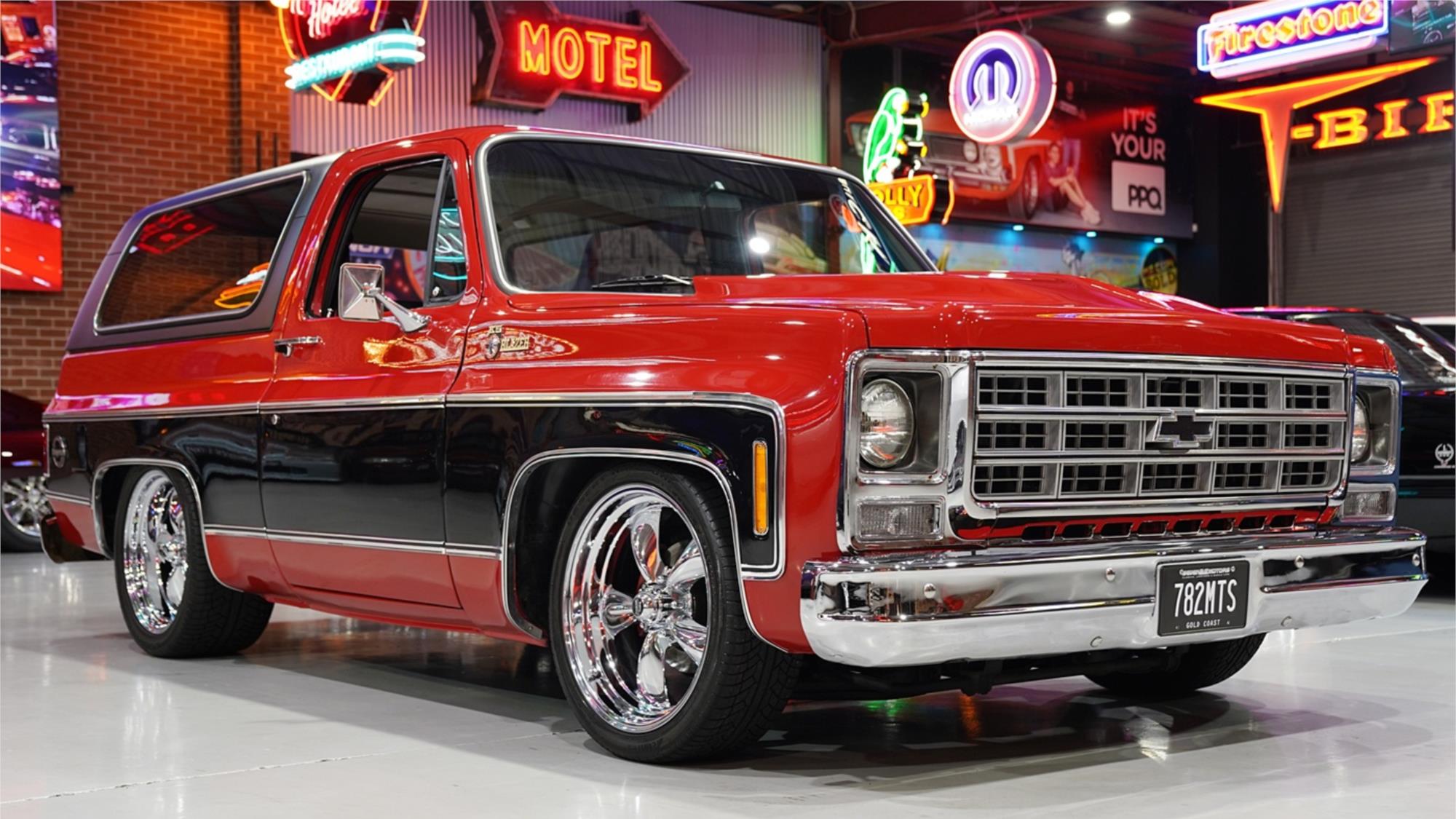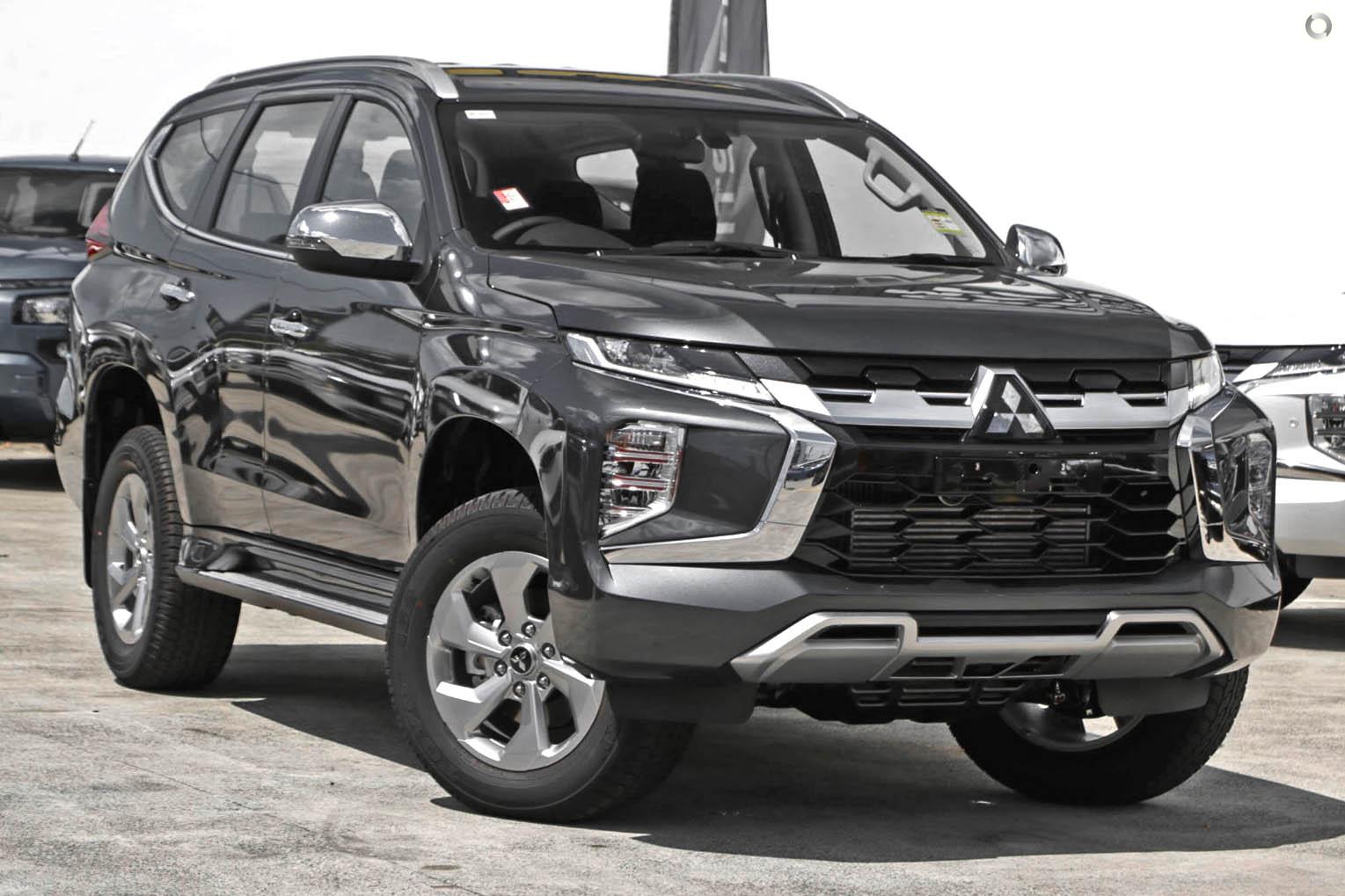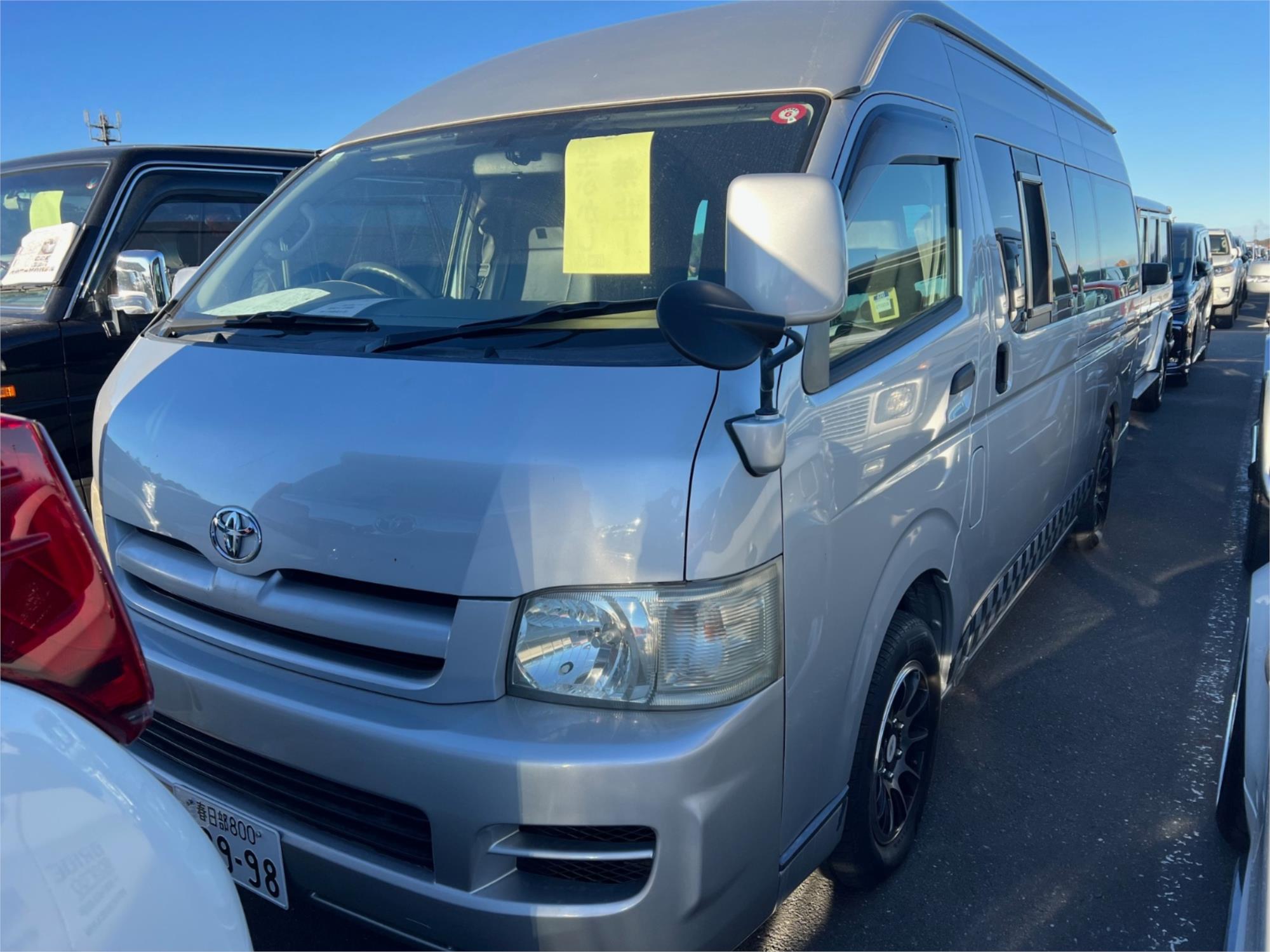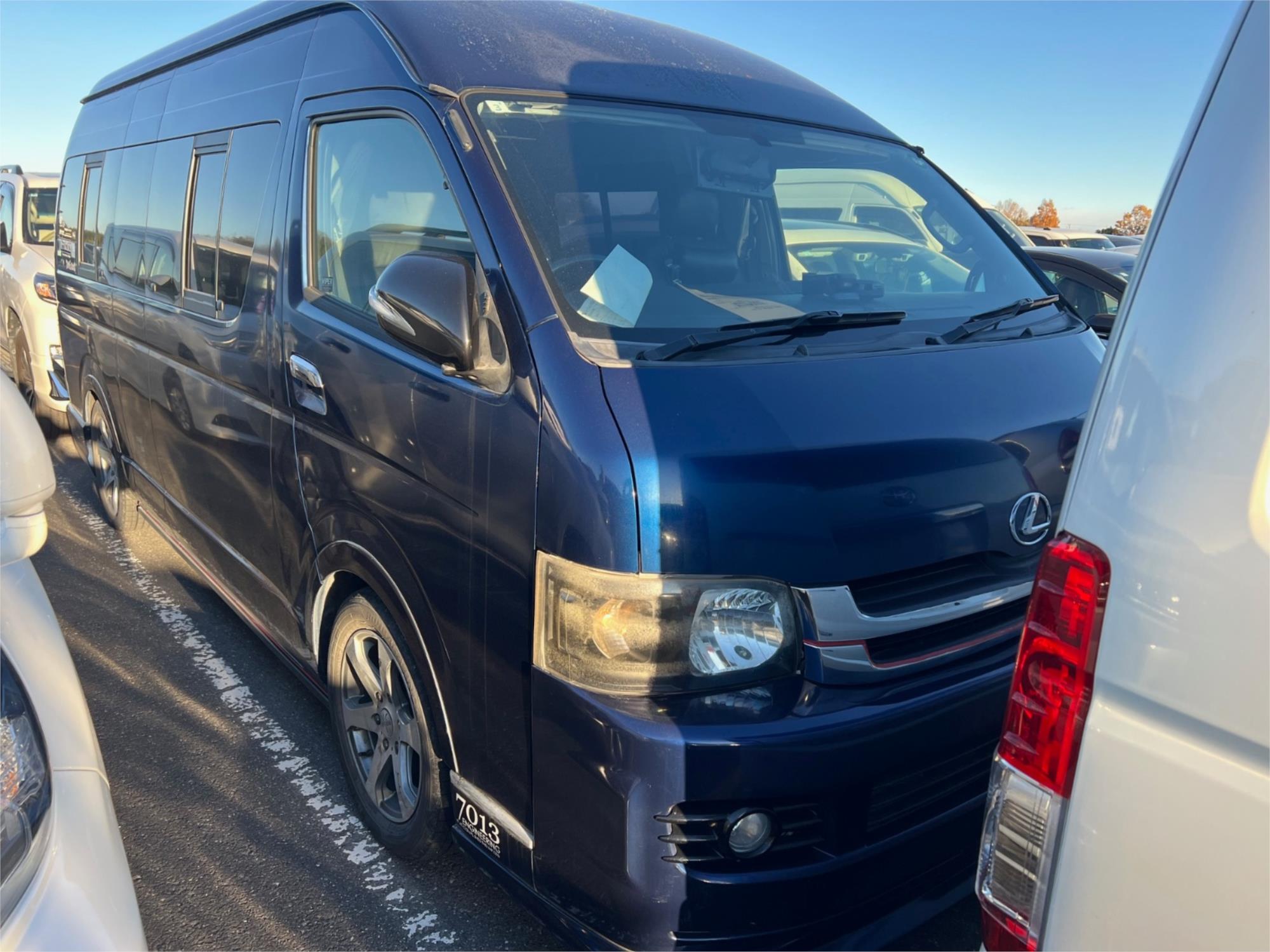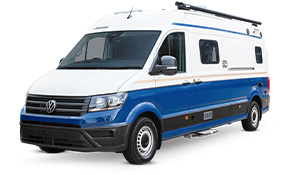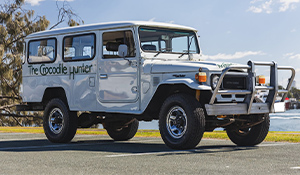HiLux is Number 1 again in 2018

After three successive years of growth, the Australian new car market declined last year, according to figures released in January.
VFACTS data released by the Federal Chamber of Automotive Industries (FCAI) showed Australia’s new car market fell by 3.0 per cent in 2018, and while sales of new vehicles still hit the one million mark, the final tally of 1,153,111 was down on 2017’s all-time record of 1,189,116.
The slump, albeit a minor one, was widespread, with multiple factors causing the downturn, according to FCAI Chief Executive, Tony Weber.
“New vehicle sales results in 2018 reflect a challenging climate across the Australian economy including a slowing housing market, tightening of money lending and the drought,” Weber said.
As in recent years, SUV sales held the bulk of the market in 2018, specifically 43 per cent, compared to 32.8 per cent for the Passenger Car sector. The Light Commercial sector, which includes the Toyota HiLux, Ford Ranger and rival 4x2/4x4 utilities, accounted for 20.6 per cent of the total market.
In terms of the movement of those categories, the SUV sector rose by 3.8 per cent, while Passenger Cars dropped by 5.0 per cent and Light Commercials improved by 0.7 per cent.

HiLux tops the Market
After first achieving the number one spot in 2016, then repeating the feat in 2017, Toyota’s HiLux continued to lead the overall new car sales figures in 2018.
Combined sales of 4x2 and 4x4 HiLuxes reached 51,705 in 2018; a 9.8 per cent increase and a new record for the model. Another record, of sorts, was also achieved by the HiLux in being the first model to exceed 50,000 new sales in a calendar year since the Holden Commodore sold 51,093 in 2008.
The HiLux’s 2018 total was a 9.8 per cent increase on 2017 sales, with the 4x4/4x2 split being 38,580 and 13,125.
Runner-up behind the HiLux – again – was Ford’s Ranger with 42,144 sales for the year. While the margin was significant, much of the HiLux success for 2018 was down to the 4x2 models. Take them out of the equation and the margin is much closer – 38,580 for the HiLux vs 36,883 for the Ranger.
Toyota’s RAV4 SUV also featured in the overall top ten for 2018, with 22,165 sales, with the Prado not far behind with 18,553 sales; both new yearly records for each model. Sales of Toyota’s Kluger (14,743) and C-HR (9,716) were also up in 2018, with the Prado and Kluger again going 1-2 in the Large SUV category for the year.
It’s mainly off the back of the HiLux that Toyota was able to record a gain on overall sales from 2017, but the very marginal increase reflected the overall tougher market conditions in 2018

2018 New Car Sales – TOP TEN (2017 increase/decrease)
- Toyota HiLux 51,705 (+4,612)
- Ford Ranger 42,144 (-584)
- Toyota Corolla 35,230 (-2,123)
- Mazda 3 31,065 (-1,625)
- Hyundai i30 28,188 (-592)
- Mazda CX-5 26,173 (+362)
- Mitsubishi Triton 24,896 (+1,291)
- Toyota RAV4 22,165 (+1,088)
- Nissan X-Trail 21,192 (+2,237)
- Hyundai Tucson 19,261 (-4,567)
The new arrivals in the Top Ten are the RAV4 and X-Trail, at the expense of the Holden Commodore and Toyota Camry, reflecting the gradual decline in the passenger car market.
Just outside the Top Ten was Mitsubishi’s ASX with 19,034 sales, with other SUVs inside the overall Top 20 including the Mazda CX-3 (16,293 sales) and Honda’s CR-V (16,107).

Battle of the Brands
Unsurprisingly, Toyota dominated the market again, maintaining the market-leading position it’s held since 2002, but growth on 2017 figures was only 0.2 per cent.
Many brands experienced reversals in 2018, but Holden took the industry’s biggest hit; a hefty 32.7 per cent decline on 2017’s numbers. Much of this can be laid at the bumper of the new, imported Commodore, but Holden’s broad SUV portfolio didn’t really perform either. Poor take-up of the Equinox, Trax and Trailblazer SUVs led in part to the introduction of the Acadia SUV late last year. Most magazine and online road testers have praised the Acadia as the “right” model for Australia, but it’s too early to tell if the buying public feel the same way.
Holden’s best-seller in 2018 was the Colorado ute with 18,301 sales, but even it was bettered by its same-under-the-skin rival, Isuzu’s D-Max, with 18,550.
Ford’s travails were similar to Holden’s, where one hero vehicle isn’t backed-up by similar performances from others in the range. For Ford, their Ranger virtually stood alone in the new car market last year, as the SUV range – Everest, Escape, Ecosport and Endura – failed to achieve good results.

Less dramatic than Holden’s slide in 2018, but equally concerning, was Land Rover’s 23.1 per cent decline. In a market where SUV sales continue to rise, you’d think Land Rover would be well placed to take advantage of the growth, but the brand has experienced two successive years of falling sales, following 2016’s strong 13,597 result, which was a 14 per cent increase on 2015.
The reasons for Land Rover’s drop to 10,089 sales last year are less obvious than Holden’s, but the introduction of new or updated models through 2018 may have been one factor, as well as increased competition within the luxury sector, while the increase in standard specification levels of Japanese and Korean “mid-range” SUVs can’t be ignored, either. Many of these models now offer similar features to Land Rover models for noticeably less money, while the lack of seemingly basic driver assistance and safety tech on lower-grade Land Rovers no doubt remains frustrating, given the brand’s starting prices.
Other brands to see notable reversals in 2018 include Ford (-11.6 per cent), Audi (-11.8 per cent), Jeep (-11.4 per cent) and Mercedes-Benz (-7.0 per cent), while even the volume brands saw reversals, with Mazda, Subaru and Suzuki down by 4.4 per cent, 4.8 per cent and 8.6 per cent, respectively.

For all the losers in 2018, there were some winners, with Honda sales up by 10.1 per cent, Skoda 8.5 per cent, Jaguar 7.9 per cent, Kia 7.5 per cent, Isuzu Ute 7.1 per cent and Nissan 2 per cent, but the biggest winners in 2018 were Volvo with a 43 per cent sales increase, and LDV, who recorded a 135 per cent increase on 2017 sales.
The LDV figures look great, particularly when you understand the 4x4 range outside of their vans and commercial vehicles consists of only two models – the T60 ute and D90 SUV – but the brand’s total volume for the year was just 6,064, which accounted for less than one per cent of the total market.
LDV’s success made them easily the best selling Chinese car brand here last year. Next best, surprisingly, was MG, with 3,007 sales for a 401 per cent increase on 2017. Great Wall sales almost doubled, but Haval went backwards, with only 633 sales for the year representing a downturn of almost 11 per cent.
For 2019, the winners and losers are unlikely to alter too much, but expect perhaps better numbers from Jeep, with the new Wrangler coming in April, but the Gladiator dual cab ute is unlikely to make an appearance here this year. No doubt it’ll boost Jeep’s local sales numbers when it does.



